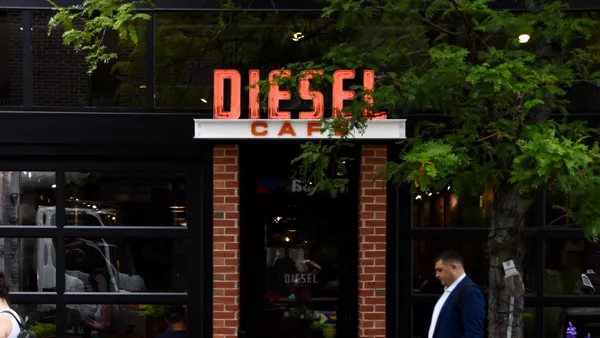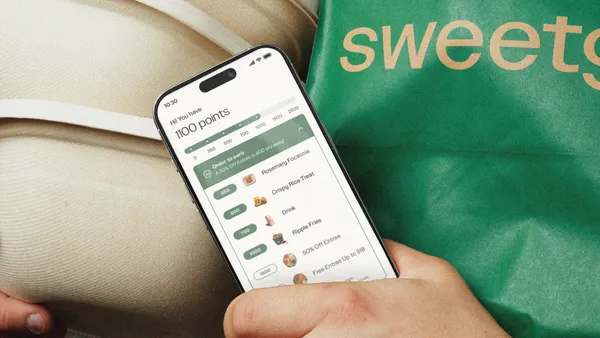Dive Brief:
- More than 66% of restaurants have experienced a decrease in sales due to inflation, according to a survey from Seated emailed to Restaurant Dive. Seated surveyed its top 50 small restaurants in New York, Dallas, Boston and Atlanta.
- Most restaurants surveyed by Seated (76%) have increased menu prices to offset inflation. Others have offered more discounts and promotions (35%), reduced operating hours (33%), reduced staff (31%) or removed lower-margin menu items (31%).
- This confluence of challenges has dampened operator outlook. A May survey from Alignable, for instance, found that 72% of restaurant owners said they will go out of business if inflation doesn’t moderate.
Dive Insight:
Independent operators have faced more than two years of sales hits from COVID-19 and inflation. Alignable finds that 45% of restaurant operators couldn’t pay July rent, marking a 7% increase in rent delinquencies from June. Additionally, 84% of U.S. consumers said they are eating out at restaurants less often because of cost pressures, according to Morning Consult.
While food costs have risen across the board, restaurant operators are particularly hard pressed by rising meat prices, which 70% of those surveyed say have gone up the most.
To weather the storm, small restaurant operators are deploying tactics like increasing menu prices, trimming staff and simplifying their menus, per the Seated survey. Such strategies seem to be helping to insulate major chains from the inflationary environment.
McDonald’s Q2 same-store sales were up 3.7% as the chain continues to raise menu prices, for instance. Chipotle’s quarterly comp sales jumped by more than 10.1% as the chain’s prices are expected to be around 20% higher this year versus 2020.
Thirty-eight percent of small restaurants are implementing hiring freezes because of higher costs. This tactic may prove to be a challenge, however, as short staffing may leave demand unfulfilled and sales on the table. It could also affect customer satisfaction scores.
Notably, operators in Seated’s survey are also creating loyalty programs to help increase traffic and sales. This is another strategy employed by major chains, and it seems to be providing a boost. McDonald’s CEO Chris Kempczinski said during his company’s Q2 earnings call there are now nearly 22 million U.S. loyalty members since the program launched last year and it has “consistently driven more frequent visits and incremental sales.”
Such programs could provide a stronger value proposition by offering targeted promotions to drive traffic despite higher menu prices.













